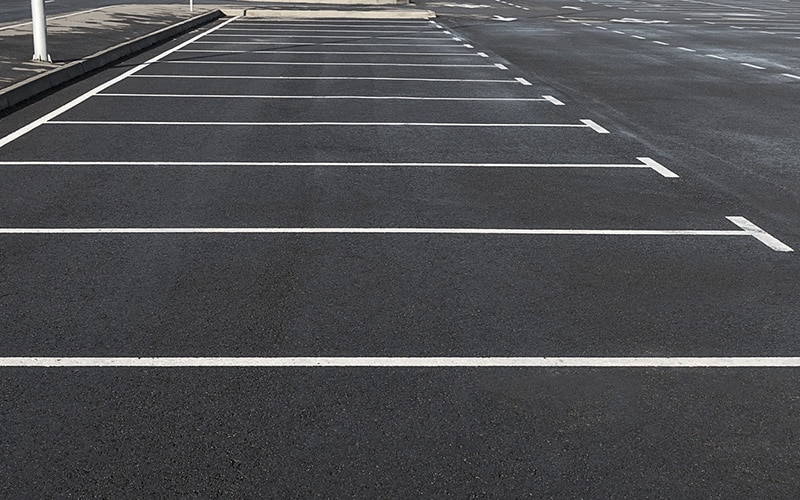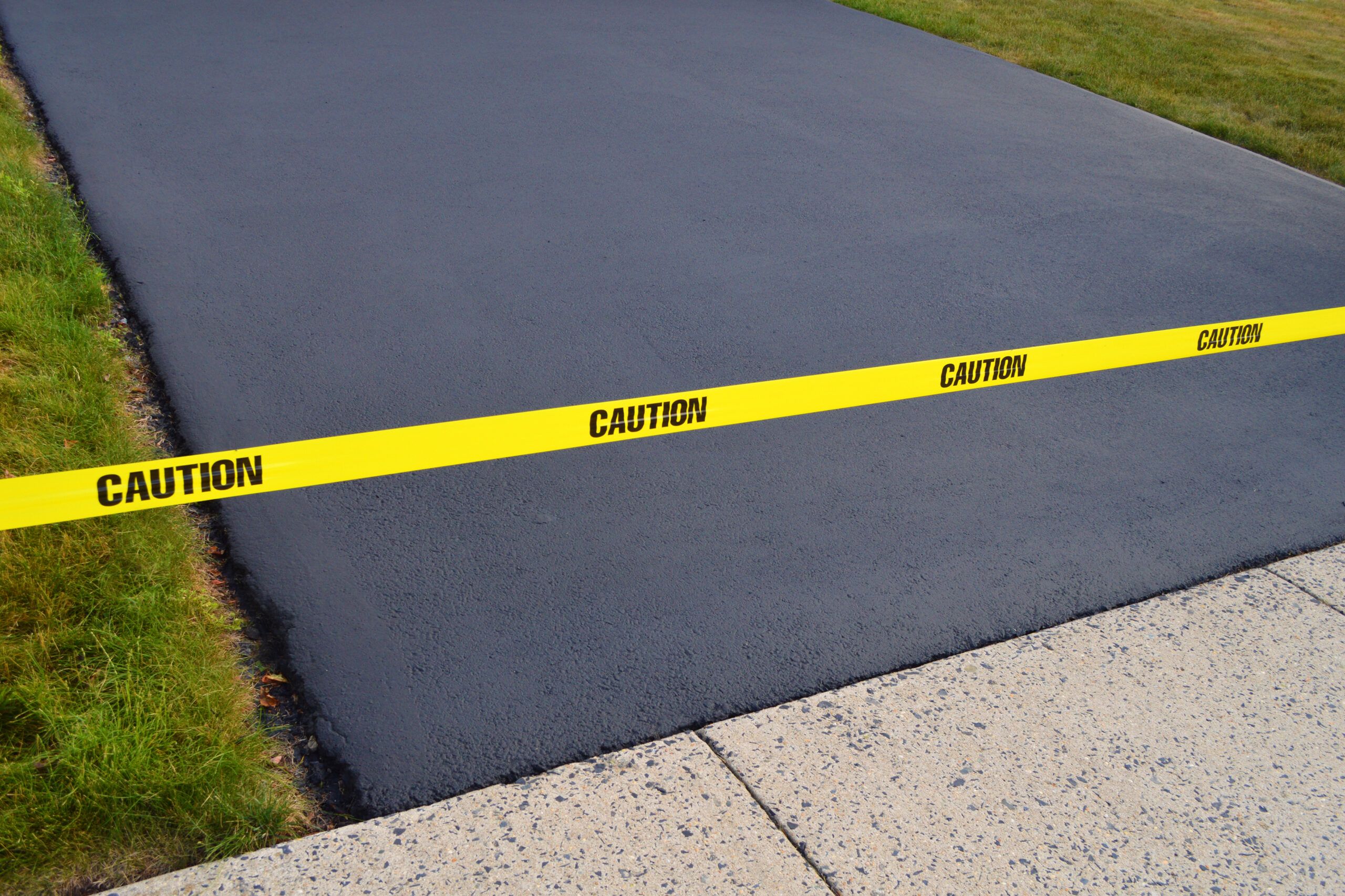Raise Security and Charm: Angled Parking Area Solutions with Asphalt Sealing
Raise Security and Charm: Angled Parking Area Solutions with Asphalt Sealing
Blog Article
Warm Mix Asphalt: A Lasting Solution for Pavement
Warm Mix Asphalt (HMA) has actually emerged as a leading lasting option for pavement remedies, supplying a myriad of ecological advantages and innovative innovations. As the demand for environment-friendly building methods grows, checking out the subtleties of HMA's sustainability can supply valuable understandings into the future of sidewalk services.
Ecological Benefits of Hot Mix Asphalt

Furthermore, Hot Mix Asphalt aids to alleviate urban warm island effects. Its dark color soaks up sunshine, lowering the amount of warmth showed back right into the ambience contrasted to lighter-colored sidewalks. This can decrease ambient temperatures in urban areas, decreasing the need for air conditioning and eventually minimizing energy consumption.
Furthermore, Warm Mix Asphalt adds to improved stormwater management. Its porous nature permits water to recharge and infiltrate the sidewalk groundwater materials, lowering runoff and the risk of flooding. These ecological benefits make Hot Mix Asphalt a lasting selection for leading roadways and highways.
Power Efficiency in HMA Manufacturing
Is power performance a vital variable in the production of Hot Mix Asphalt (HMA)? Absolutely. Energy plays a considerable function in the production of HMA, influencing both cost and environmental sustainability. One key facet of energy performance in HMA manufacturing is using cozy mix asphalt (WMA) modern technologies (commercial parking lot paving). WMA permits the blending and positioning of asphalt at lower temperatures contrasted to traditional hot mix asphalt, resulting in reduced power intake during production. This procedure not only decreases fuel usage but also decreases greenhouse gas exhausts, making it a much more eco-friendly choice.
Additionally, innovations in plant innovations have led to even more energy-efficient HMA production processes. Modern plants are made with functions like recycled asphalt pavement (RAP) processing capabilities, efficient burner systems, and boosted insulation, all contributing to power financial savings. By maximizing power use in HMA production, the market can reduce its carbon impact while maintaining top quality pavement materials. Power performance is, consequently, a crucial consideration in making certain the sustainability of Hot Mix Asphalt manufacturing.
Recyclability of Warm Mix Asphalt
The recyclability of Warm Mix Asphalt (HMA) is a critical facet of its sustainability and long-term environmental influence. HMA is among one of the most recycled products in the United States, with over 100 million heaps of redeemed asphalt pavement (RAP) being reused every year in brand-new sidewalk construction. Recycling HMA uses numerous environmental advantages, such as decreasing the demand for virgin products, lowering energy usage during manufacturing, and decreasing the quantity of waste sent to landfills.
The procedure of recycling like this HMA entails grating the existing pavement, crushing it into smaller pieces, and mixing it with new accumulation and asphalt binder to create a recycled mix. This recycled mix can typically do along with and even far better than traditional HMA, while calling for fewer basic materials and producing lower greenhouse gas discharges. By incorporating RAP right into new sidewalk projects, road firms can save all-natural resources, lower expenses, and reduce the ecological footprint of roadway recommended you read building and upkeep activities. In general, the recyclability of HMA plays a significant duty in promoting lasting practices within the pavement industry.

Long-Term Performance of HMA
Asphalt sidewalks demonstrate sturdiness and strength over an extended period, showing the long-term efficiency of Warm Mix Asphalt (HMA) Furthermore, innovations in HMA innovation, such as the usage of polymer-modified binders and warm mix asphalt, have actually further improved the resilience and long life of HMA sidewalks. By prioritizing top quality construction and upkeep methods, HMA continues to show itself as a lasting and cost-effective solution for lasting sidewalk framework.

HMA: Longevity and Sustainability
Showing both toughness and sustainability, Hot Mix Asphalt (HMA) has actually come to be a cornerstone in the building of durable pavement facilities - angled parking. HMA's durability comes from its ability to stand up to heavy tons, rough climate condition, and high web traffic quantities, making it a reputable choice for roads, freeways, and airport terminal runways. The structure of HMA, which typically consists of aggregates, binder, and filler, plays a critical role in boosting its longevity and resistance to tear and put on
Furthermore, HMA's sustainability depends on its recyclability and energy-efficient production procedure. The capacity to reuse recovered asphalt pavement (RAP) in new HMA blends reduces the demand for virgin materials and decreases the environmental impact of pavement building and construction and upkeep. Additionally, the energy effectiveness of generating HMA hinges on its lower mixing temperatures compared to other sidewalk products, bring about reduced energy usage and greenhouse gas exhausts.
Verdict
In conclusion, warm mix asphalt (HMA) provides a lasting remedy for sidewalk with its eco pleasant characteristics. HMA's recyclability, energy effectiveness in production, and long-lasting toughness make it an eco-friendly selection for roadway building and construction. By preserving all-natural sources, minimizing waste, and reducing greenhouse gas emissions, HMA plays check my reference a crucial duty in advertising sustainability in framework growth. Its capacity to minimize city warm island effects better highlights its relevance in developing environmentally aware and resistant pavement systems.
HMA is one of the most recycled materials in the United States, with over 100 million heaps of reclaimed asphalt sidewalk (RAP) being recycled every year in new sidewalk building.The process of reusing HMA entails grating the existing pavement, crushing it right into smaller sized pieces, and blending it with brand-new aggregate and asphalt binder to create a recycled mix.Asphalt sidewalks demonstrate durability and durability over a prolonged duration, mirroring the long-term performance of Warm Mix Asphalt (HMA) Furthermore, advancements in HMA modern technology, such as the usage of polymer-modified binders and warm mix asphalt, have additionally boosted the durability and longevity of HMA pavements. The capacity to reuse recovered asphalt sidewalk (RAP) in brand-new HMA combinations reduces the demand for virgin materials and minimizes the environmental influence of pavement building and upkeep.
Report this page